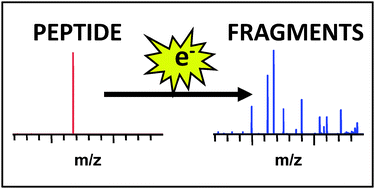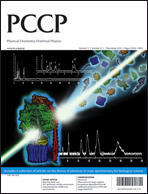Previously we have shown that the presence of 3-nitrotyrosine within a peptide sequence severely depletes the peptide backbone fragments typically observed following electron capture dissociation (ECD) mass spectrometry. Instead, ECD of nitrated peptides is characterised by abundant losses of small neutrals (hydroxyl radicals, water and ammonia). Here, we investigate the origin of ammonia loss by comparing the ECD behaviour of lysine- and arginine-containing nitrated peptides, and their N-acetylated counterparts, and nitrated peptides containing no basic amino acid residues. The results reveal that ammonia loss derives from the N-terminus of the peptides, however, the key finding of this work is the insight provided into the hierarchy of various proposed ECD mechanisms: the Utah-Washington mechanism, the electron predator mechanism and the Oslo mechanism.
This article is Open Access
 Please wait while we load your content...
Something went wrong. Try again?
Please wait while we load your content...
Something went wrong. Try again?


 Please wait while we load your content...
Please wait while we load your content...